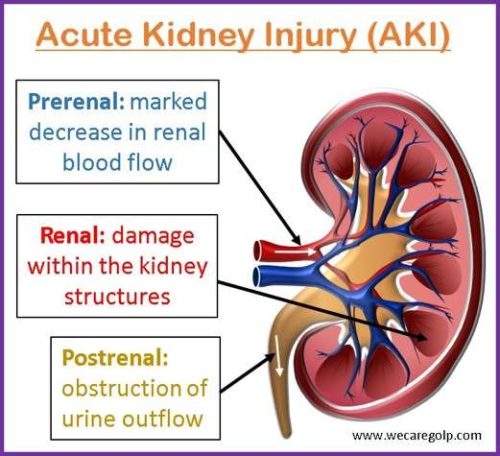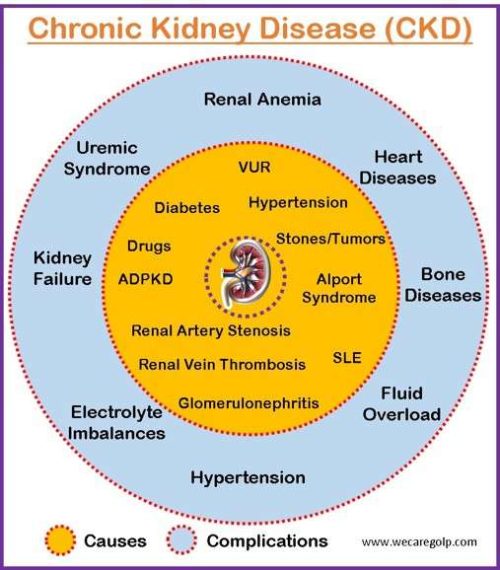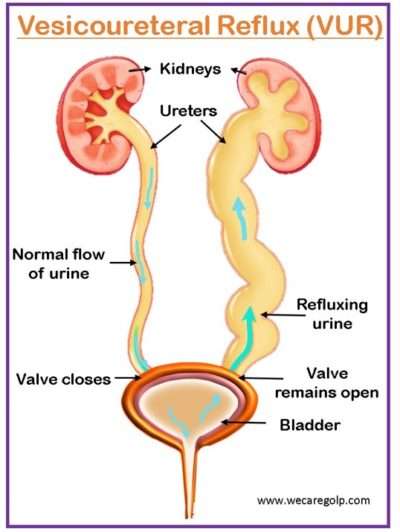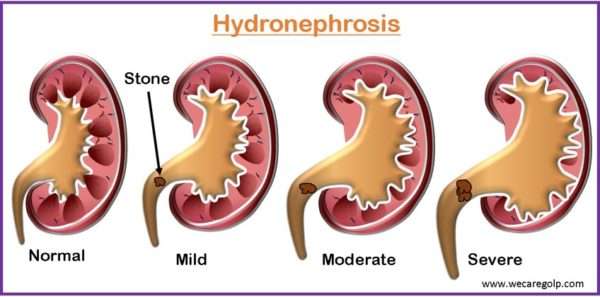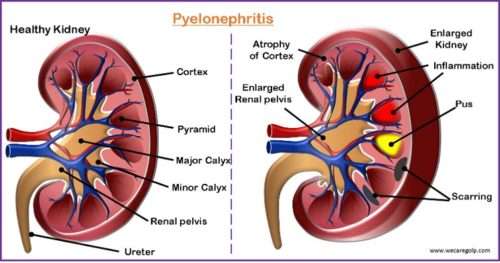Kidney Biopsy
Introduction A kidney (renal) biopsy is an invasive diagnostic technique that is performed to collect a segment of renal tissue, generally with the use of a needle or similar surgical tool. In patients with the renal parenchymal disease, kidney biopsy continues to be the gold standard for diagnosis, treatment, and prognosis prediction. Indications of Kidney … Read more




